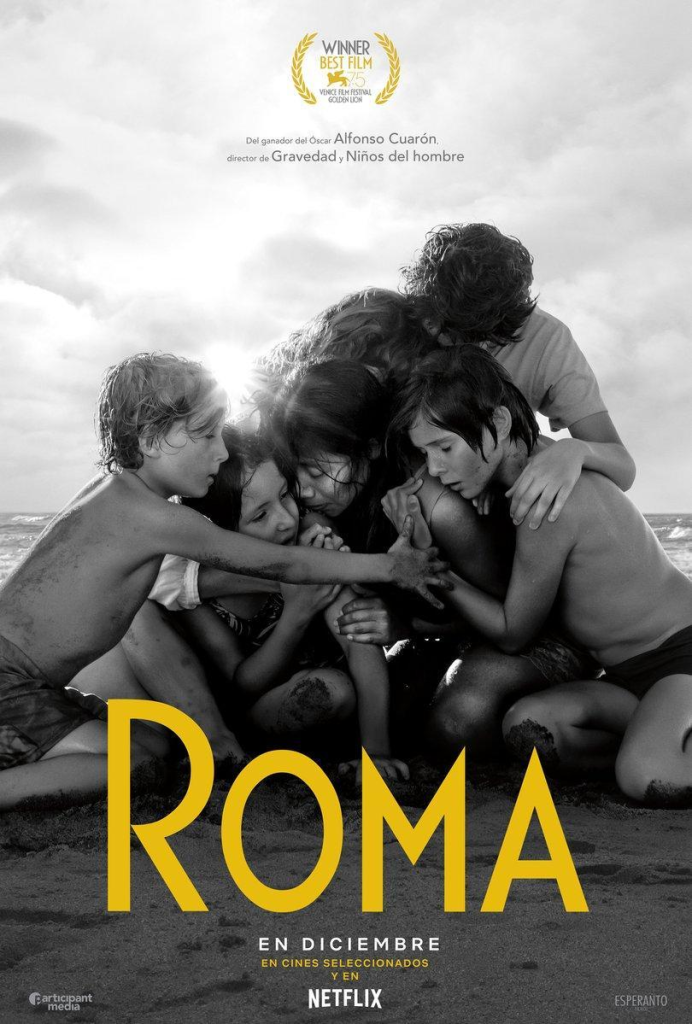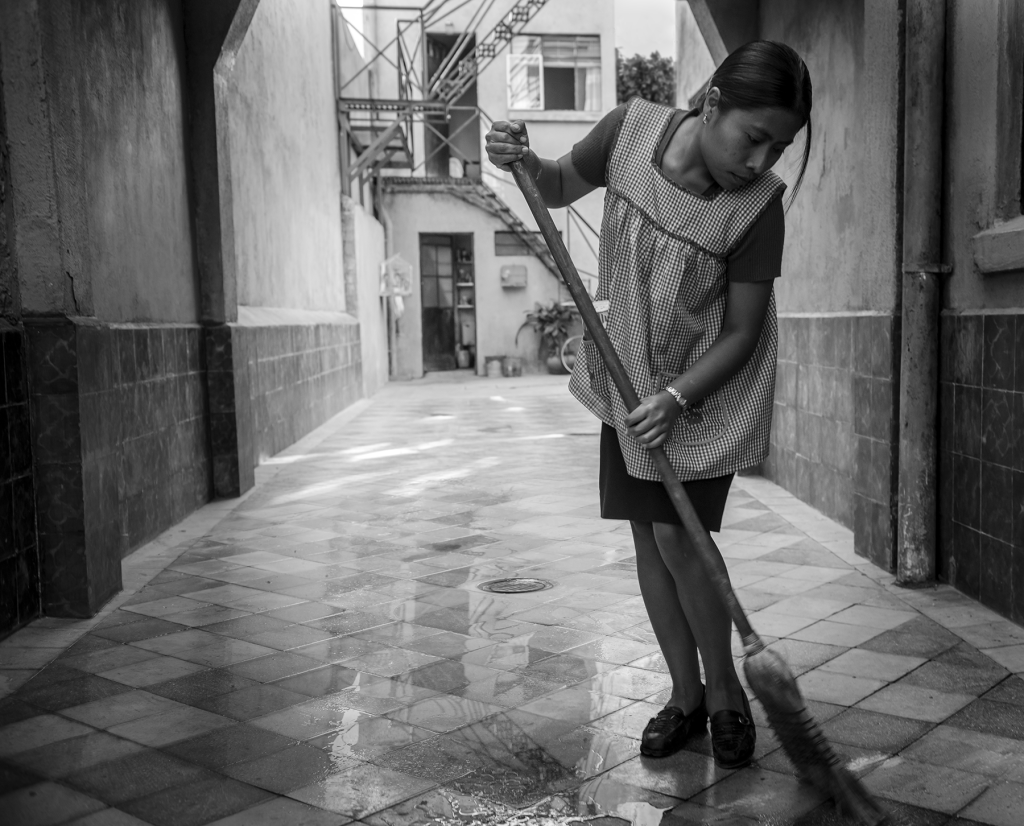
Recently, I rewatch ‘Roma’, Alfonso Cuarón’s film winning of numerous oscars and to my surprise, I realised that the main character of the story wasn’t Cleo, neither childhood in Mexico City during the 70s, but the house where the maid and the filmmaker’s family lived, meticulously reconstructed.

The film recreates fundamentally the director and screenwriter’s childhood in Mexico City during the years 1970-77 in a rationalist house in the city’s Colonia Roma, an upper-middle-class neighborhood where it was still possible to make a living walking around the city. It follows around the day to day life of Cleo, the woman who took care of the family, who loved them, here turned into the protagonist.
In fact, this house is the center of the action. It is inside the house where two completely different social class live together and play very distinct roles. Furthermore, the characters are defined by the space they hang around.


Firstly, the portal serves to the father’s character to show how he meticulously parks the car in this small space when he comes home late. His calm and expected arrival is a spectacle for the children and for the mother, who contemplate the feat expectantly. The same portal, and the same difficulty in parking the same car, indicates that the mother’s priorities are different. Also that no one is dedicated to observing how she parks. In addition, the portal is the place of recreation for the dog that, since no one takes it for a walk, still plays, gets excited or does its needs in that corridor that is constantly cleaned and constantly full of poop. Finally, that is life for Cleo in the portal corridor, in the house, cleaning and dirtying with laughter, pain and displays of affection.

Inside, the kitchen is one of the narrowest spaces in the house. And yet, it is the most alive and luminous. There is where Cleo transits. There lives the woman who feeds the family and irons their clothes. That kitchen overlooks a service patio where we can find metal stairs that climb up the walls of this patio leading to the roof, the most magical place in the house, reserved for the service to hang out the washing and take a breath contemplating the roofs of the city. In fact, the roof is the best place in the house. Nowadays, in contemporary architecture, leaving aside the best of a home just because it takes minimal effort to get to that place would be unthinkable. That is the justice that distributes the house. The best space is for those who strive to reach it where Cleo stands, a place for her own.

Nevertheless, the world viewed through this house would result in a claustrophobic story if the film didn’t also reveal its relationship with the city where the difference between the formal city and the informal, where the poor live. With Roma, Cuarón has rescued the city of his childhood and, with it, the brutalist architecture of the 1970s.
Personally, I like very much this film because it reveals the life of a person, of a family. The life of two social classes, the enormous distances and fundamental encounters between them. But it is the house, when it gets dirty, broken, full of hanging clothes, crowded, that tells the story of its inhabitants. It is their home the one that allows them to reinvent themselves. This scenario unites and protects them from the external world. In large part, thanks to Cleo. That’s what a home should do.